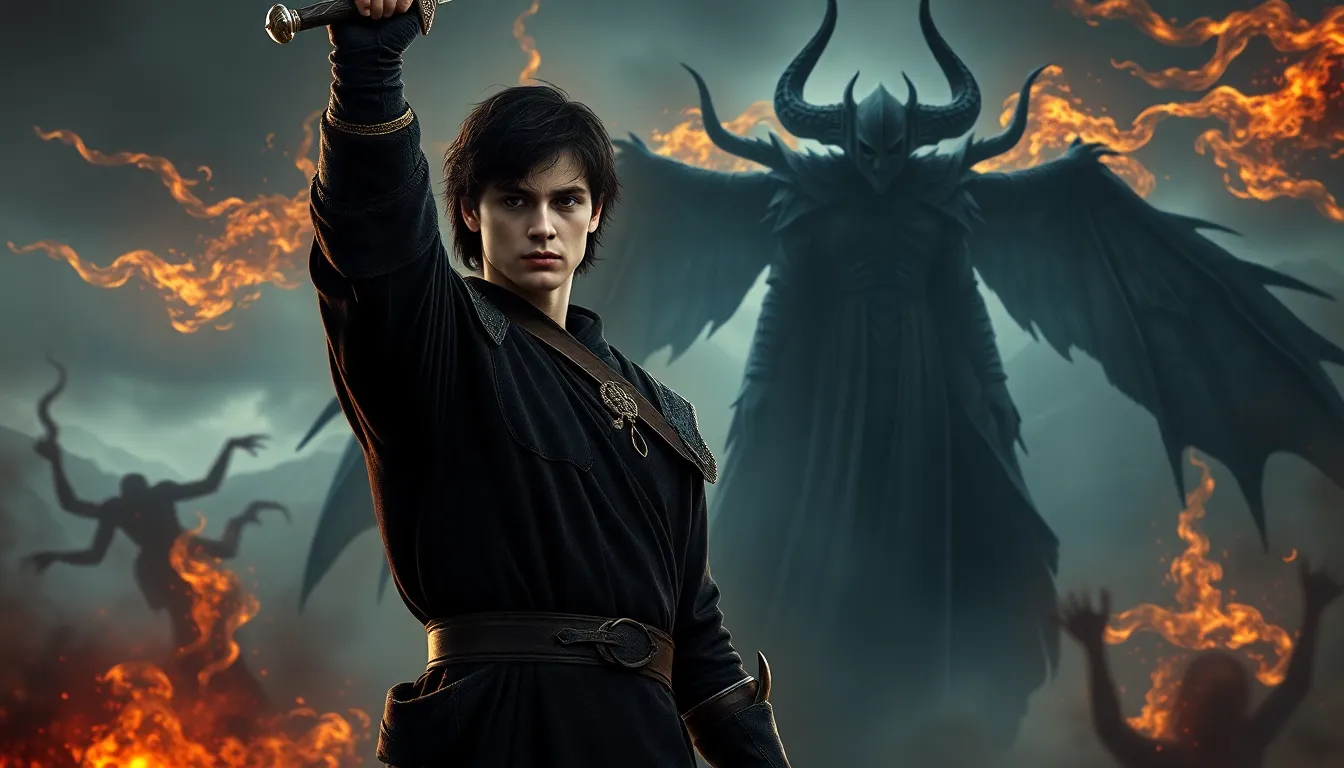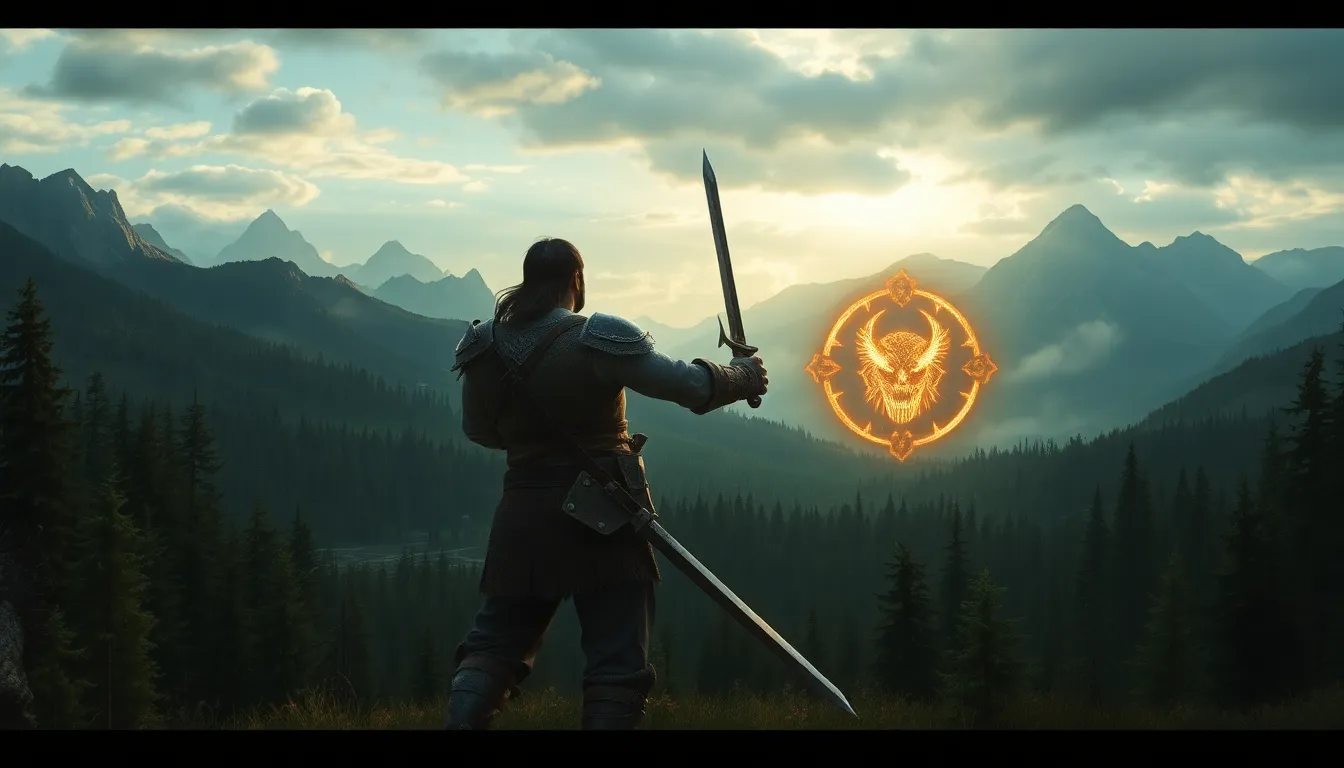Table of Contents
ToggleIn the vast realm of Tamriel, few stories capture the imagination quite like that of “Oblivion.” This iconic game isn’t just about slaying monsters and collecting loot; it’s a rich tapestry woven with intrigue, betrayal, and a sprinkle of existential dread. Players find themselves embroiled in a battle against the forces of Oblivion, but the real magic lies in the characters and choices that shape their journey.
Overview of Oblivion Storyline
“Oblivion” unfolds in a richly crafted world where players encounter a gripping narrative. The main plot centers around the impending doom following the assassination of the Emperor. An intense struggle against the forces of Oblivion drives the storyline, casting players into a realm of chaos and danger.
Characters play a crucial role in this tale, each with distinct motivations that shape their paths. The protagonist’s journey intersects with key figures like Martin Septim and the enigmatic Daedric Prince Mehrunes Dagon. These interactions reveal themes of bravery, sacrifice, and the weight of leadership under pressure.
Various factions and quests deepen the narrative, offering players choices that influence outcomes. Guilds such as the Mages Guild and the Dark Brotherhood present unique story arcs filled with moral dilemmas. Players navigate alliances, betrayals, and personal challenges, adding layers of complexity to their adventure.
Environmental storytelling enhances immersion. Hidden lore and artifacts scattered throughout Tamriel hint at a historical backdrop that enriches the experience. Exploration reveals not only stunning visuals but also nuanced elements that connect players to the storyline.
Conflict remains central to the experience. The struggle against Oblivion’s armies creates urgency, pressing characters to act decisively. Each choice impacts not just the protagonist’s fate, but the world around them, showcasing the interconnectedness of their journey.
In essence, the storyline of “Oblivion” offers depth beyond mere quests. It invites players to engage with characters, explore choices, and face the realities of a world on the brink of destruction. Themes resonate throughout, emphasizing the importance of courage and the power of individual actions within an expansive narrative.
Main Characters

The narrative of “Oblivion” features a diverse cast that significantly influences the storyline. Key characters embody various themes and contribute to the protagonist’s journey.
The Hero’s Journey
Martin Septim stands at the forefront of the hero’s journey. As the last heir of the Emperor, his growth emphasizes themes of leadership and sacrifice. He undergoes transformation from a simple priest to a powerful figure who defies the Daedric Prince Mehrunes Dagon. Companions like Jauffre and the Blades assist him, guiding players through pivotal moments. Their relationships highlight the importance of trust and teamwork, enhancing the overall narrative engagement.
The Antagonists
Mehrunes Dagon serves as the primary antagonist. His desire to invade Tamriel drives the central conflict, illustrating chaos and destruction. Other antagonists include the Mythic Dawn cult, which conspires with Dagon, complicating the quest. Players confront internal struggles amidst this external threat, facing moral dilemmas throughout their journey. These characters challenge the protagonist’s resolve and significantly impact the game’s thematic depth.
Major Themes
“Oblivion” presents several major themes that enrich its narrative and engage players on multiple levels.
The Nature of Oblivion
Chaos defines the nature of Oblivion. The game reveals a realm where destruction reigns, primarily led by the Daedric Prince Mehrunes Dagon. Characters in this realm confront existential threats that highlight the fragility of order. Each faction, such as the Mythic Dawn cult, embodies unique perspectives on power and control, challenging players’ perceptions of morality. Conflict emerges as a driving force, forcing players to navigate through intense encounters while discovering the depths of despair and desperation that Oblivion represents. By encountering various monsters and environments, players understand the harsh realities of Dagon’s ambitions.
Redemption and Transformation
Redemption arcs illustrate personal growth and the impact of choices. Martin Septim represents the ultimate transformation from a humble priest to a celebrated leader. His journey showcases the potential for change in the face of adversity. Each decision made has lasting implications for the characters, emphasizing the theme of hope amidst darkness. Various characters, such as the Blades, reveal the importance of loyalty and sacrifice in their quests. Through involvement with these relationships, players experience personal connections that underline the significance of finding purpose and meaning. Ultimately, the narrative highlights that redemption can emerge even in the most challenging situations, reinforcing the power of the individual in seeking change.
Narrative Structure
“Oblivion” employs a multi-layered narrative structure that immerses players in its rich storytelling and character dynamics.
Quests and Side Stories
Quests drive the narrative forward, presenting players with pivotal choices that shape the progression of the story. Engaging main quests allow players to uncover the fate of Martin Septim and thwart Mehrunes Dagon’s plans. Side quests enrich the overall experience, offering insight into various factions such as the Dark Brotherhood and the Mages Guild. Each side story introduces moral dilemmas and unique character interactions, encouraging players to explore deeper narratives beyond the main arc. Choices in these quests create a distinct impact, steering players toward different outcomes and alliances, ultimately reinforcing their connection to the world.
World-Building Techniques
World-building techniques play a crucial role in establishing the lore of “Oblivion.” Hidden artifacts, lore books, and environmental storytelling serve to deepen the player’s understanding of Tamriel. Iconic locations, like the Imperial City and the Shivering Isles, foster a sense of place, filled with history and culture. Careful attention to details enhances immersion; players encounter varying factions with unique priorities and beliefs. The integration of side quests broadens the context of the game’s conflict, showcasing the interplay of characters and factions. Such techniques collectively enhance the narrative depth, ensuring players feel connected to the world and its evolving story.
The narrative of “Oblivion” transcends traditional gaming experiences by weaving together complex themes and character arcs. Players find themselves not just battling external forces but also grappling with moral choices that shape their journey. The transformation of Martin Septim from a humble priest to a decisive leader encapsulates the game’s exploration of bravery and sacrifice.
As players navigate the treacherous waters of alliances and betrayals they uncover the profound impact of their decisions. Each quest enriches the overarching story while deepening the player’s connection to the world of Tamriel. Through its intricate storytelling and thematic depth “Oblivion” stands as a testament to the power of narrative in gaming, inviting players to explore the essence of courage and hope amidst chaos.




